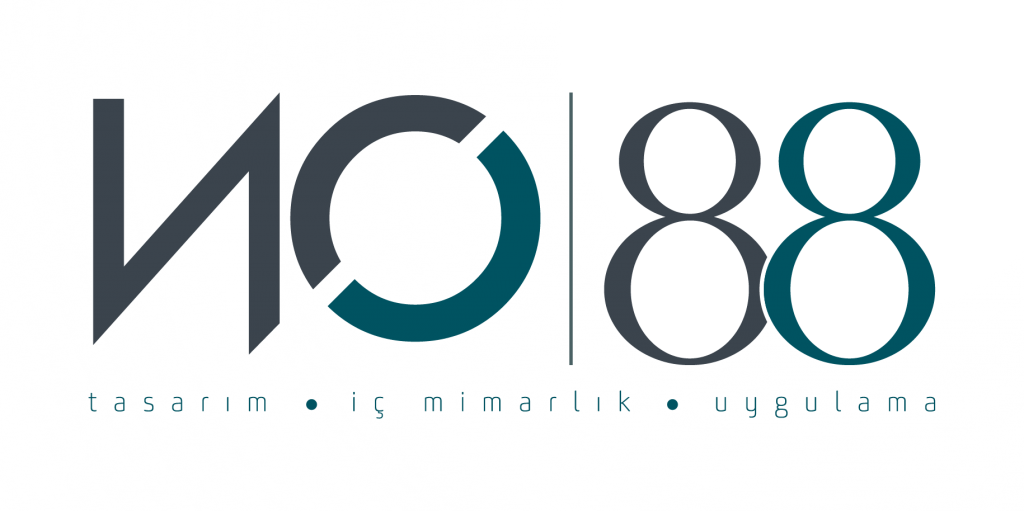We love nature but we wanted to question how much we include it in our daily life.
Since the 19th century, with the introduction of concrete material into our lives, our urbanized lives have distanced us from nature. Although the presence of parks and gardens makes us comfortable in our busy business life, it is possible that when we return home at the end of the day, we can feel as if we are trapped inside the house.
Designers, architects and interior designers have been working for the last ten years to prevent this situation. “Biophilic Projects”, which is the current trend, has already begun to take place in cities. So what exactly is this “Biophilic”?
This psychological state, defined as love for life and living systems, was first described by the famous psychoanalyst Erich Fromm. Later, in the early 1980s, Edward O. Wilson discussed the issue in depth in his hypothesis. This definition is seen as a trend that results from people’s need to connect with nature.
The use of biophilic design in architecture and interior architecture can be summarized as follows; To move the open air to the designed environment. It is possible to do this by creating an ecosystem within the space, by taking natural water resources inside or by using natural materials. Thus, this design orientation towards sustainable design noticeably increases the life quality of the space users. Because feeling to be in nature reduces blood pressure and heart rate and provides psychological relief in people.
The common psychological tendency of people both in residences and workplaces is to take in natural daylight. Studies conducted in educational fields show us that learning competence differs by 20-26% in classrooms with natural daylight compared to classrooms without daylight. Likewise, we all experience that issues such as the excess of green areas and contact with the soil have a significant impact on human health.
In addition to projects such as Community Garden | New York, Eden Project | England, Indeed Office | Tokyo abroad, it is possible to see a few projects in this trend, which has recently been implemented in our country. One of them is the Avend Beytepe project in Ankara. The project was not only the first biophilic structure of the city, but also managed to win the “Design Award” from the World Architects Association.
Hoping to see this design style, which is the biggest retrospective, more frequently in residences, offices and public spaces over time.
